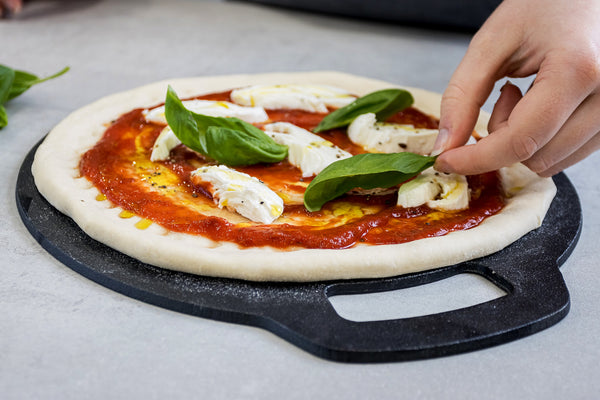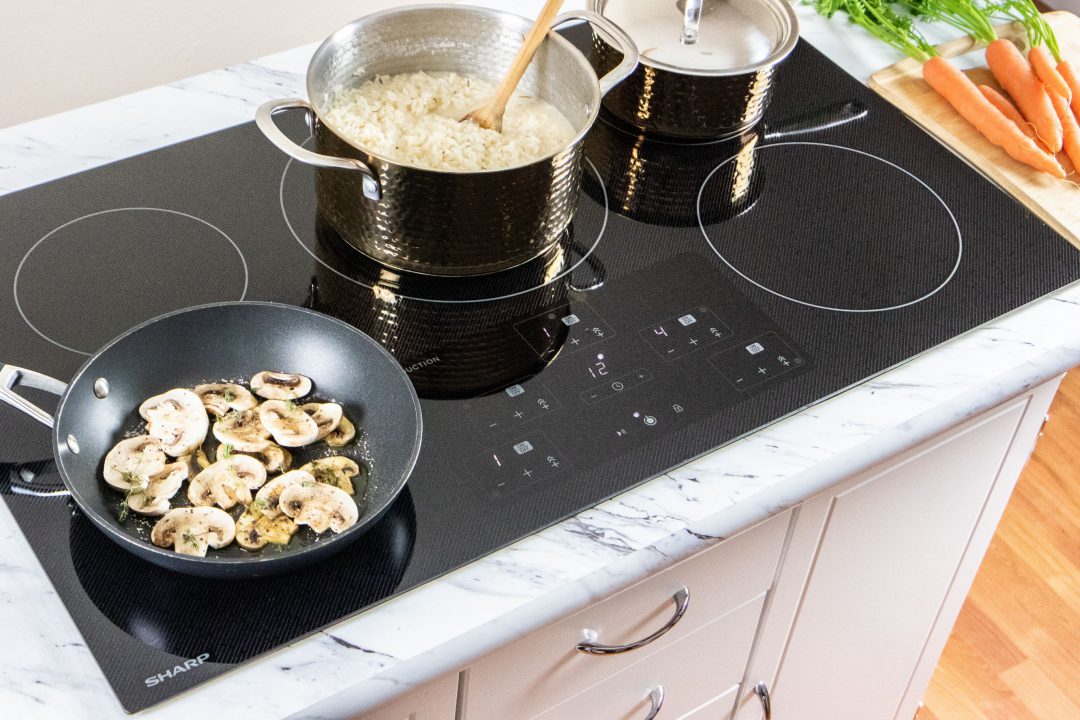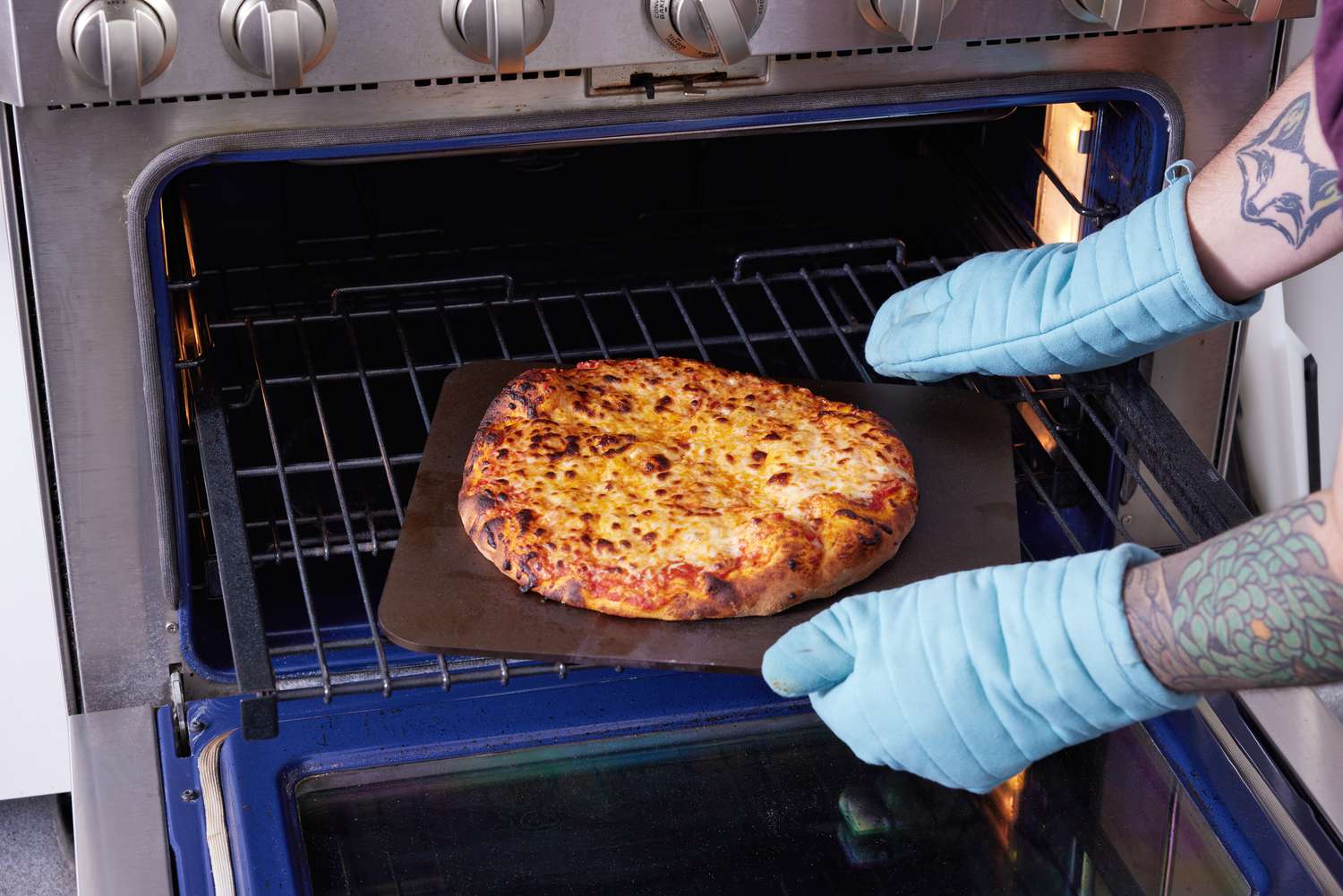For kitchen professionals, finding the perfect method to roast vegetables to perfection can be a culinary game-changer. One often-overlooked tool that can elevate roasted vegetable dishes is the baking stone. This article delves into how utilizing a baking stone for roasted vegetables can dramatically enhance their flavor and texture. Leveraging this approach, chefs can offer dishes that are crispy on the outside and perfectly tender on the inside.
Using a baking stone for roasted vegetables is not just about putting vegetables on a hot slab. It's a technique that requires understanding the intricacies of heat distribution and the behaviors of different vegetables. Let's dive into the art of using baking stones effectively for roasting vegetables.
What Makes Baking Stones Ideal for Roasting?
Baking stones, often referred to as pizza stones, are made from materials like ceramic, cordierite, or stone composite. These stones are designed to absorb and retain heat evenly, allowing for consistent cooking results. The process begins with preheating tips, ensuring the stone reaches a temperature that matches the cooking needs of various vegetables.
Preparation and Preheating: Keys to Success
Preheating is crucial when using a baking stone. A properly preheated stone not only speeds up the cooking process but also enhances the caramelization of vegetables, providing a rich and flavorful crust. For optimal results, it's advised to preheat your baking stone for at least 30 minutes prior to use. This allows the stone to achieve a consistent thermal base, mimicking tips for evenly cooked crust in baking scenarios.
Choosing the Right Vegetables
The choice of vegetables also plays a crucial role in the outcome. Root vegetables like carrots, potatoes, and beets benefit significantly from this cooking technique as the high heat helps intensify their natural sugars. More delicate vegetables, such as asparagus and zucchini, may require closer attention to time to prevent overcooking.
Techniques to Perfect Your Roast
Incorporating baking stones into your roasting routine can substantially transform the texture and flavor profile of your roasted vegetables. Here are some advanced techniques:
- Layer Sparingly: Avoid overcrowding the baking stone. This ensures that each piece of vegetable receives direct heat, preventing steaming and encouraging crispy edges.
- Regular Flipping: For even caramelization, occasionally flip the vegetables. This technique allows each side to make direct contact with the hot surface, resulting in uniform texture.
- Seasoning: Always season your vegetables with herbs and spices before placing them on the stone. The heat will help seal the flavors into the vegetables, enhancing their taste.
Maintenance of Baking Stones
Caring for your baking stone is just as important as using it. After each use, allow the stone to cool naturally before cleaning to avoid cracking. For detailed guidance, check out the best practices to avoid cracked stones.
Innovative Uses Beyond Vegetables
While baking stones are fantastic for vegetables, they're also versatile enough for other cooking methods. Experiment with pizza and bread baking to explore their full potential.

FAQ
Can I use olive oil on the baking stone?
Yes, but use it sparingly to avoid a greasy finish. A light drizzle over the vegetables before placing them on the stone enhances flavor without excessive smoke.
What's the maximum temperature for a baking stone?
Most baking stones can withstand temperatures up to 500F (260C). Ensure your oven settings align with the manufacturer's recommendations to prevent damage.
Why are my vegetables not crisping?
If your vegetables are not crisping as desired, check the preheating duration of your stone and ensure that the stone was properly heated. Also, verify that the vegetables are not over-crowded.
Utilizing a baking stone for roasted vegetables can elevate your culinary creations, offering new ways to delight the palate. Start experimenting with this technique today, and witness how the simple addition of a baking stone can bring out the best in your roasted dishes.
This article contains affiliate links. We may earn a commission at no extra cost to you.






Leave a comment
This site is protected by hCaptcha and the hCaptcha Privacy Policy and Terms of Service apply.